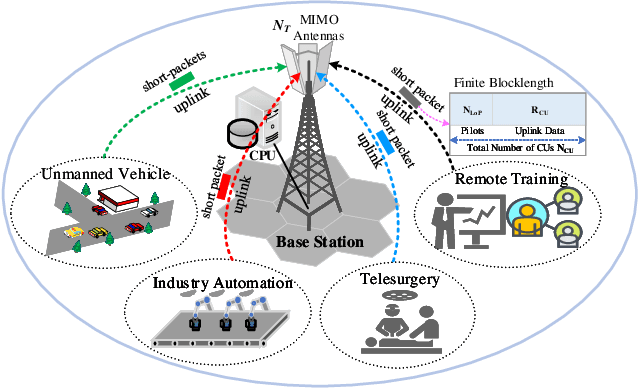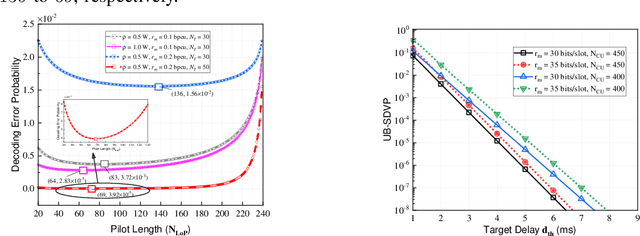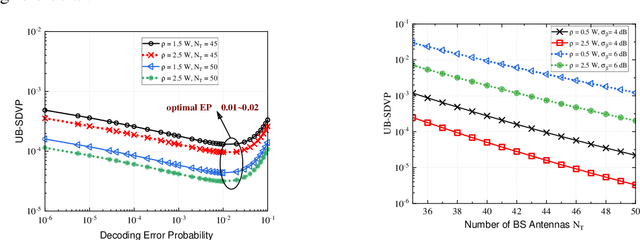Statistical QoS Provisioning Analysis and Performance Optimization in xURLLC-enabled Massive MU-MIMO Networks: A Stochastic Network Calculus Perspective
Paper and Code
Mar 10, 2023



In this paper, fundamentals and performance tradeoffs of the neXt-generation ultra-reliable and low-latency communication (xURLLC) are investigated from the perspective of stochastic network calculus (SNC). An xURLLC-enabled massive MU-MIMO system model has been developed to accommodate xURLLC features. By leveraging and promoting SNC, we provide a quantitative statistical quality of service (QoS) provisioning analysis and derive the closed-form expression of upper-bounded statistical delay violation probability (UB-SDVP). Based on the proposed theoretical framework, we formulate the UB-SDVP minimization problem that is first degenerated into a one-dimensional integer-search problem by deriving the minimum error probability (EP) detector, and then efficiently solved by the integer-form Golden-Section search algorithm. Moreover, two novel concepts, EP-based effective capacity (EP-EC) and EP-based energy efficiency (EP-EE) have been defined to characterize the tail distributions and performance tradeoffs for xURLLC. Subsequently, we formulate the EP-EC and EP-EE maximization problems and prove that the EP-EC maximization problem is equivalent to the UB-SDVP minimization problem, while the EP-EE maximization problem is solved with a low-complexity outer-descent inner-search collaborative algorithm. Extensive simulations demonstrate that the proposed framework in reducing computational complexity compared to reference schemes, and in providing various tradeoffs and optimization performance of xURLLC concerning UB-SDVP, EP, EP-EC, and EP-EE.
 Add to Chrome
Add to Chrome Add to Firefox
Add to Firefox Add to Edge
Add to Edge